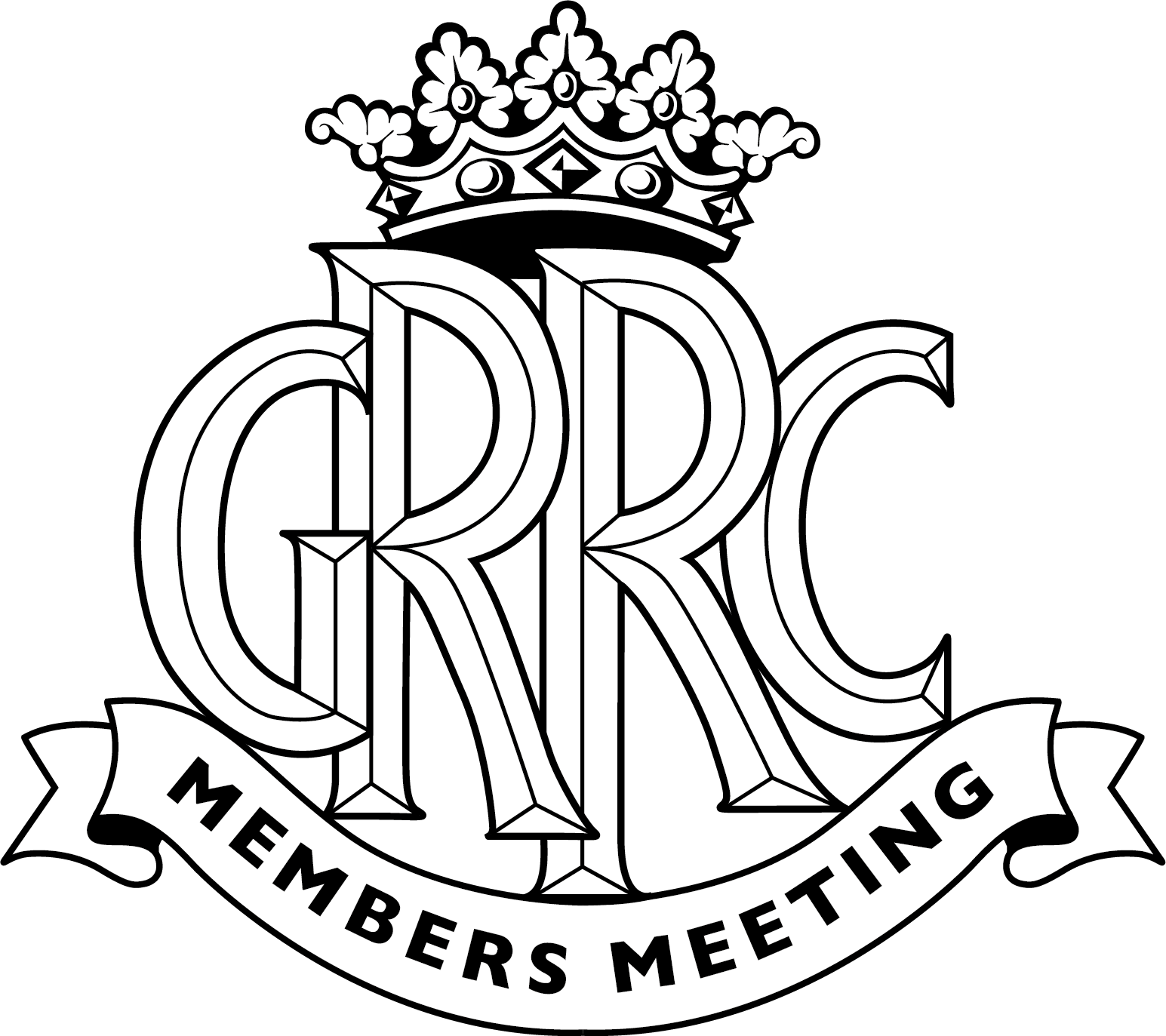The history of F1: the 1970s
Bernie Ecclestone was little more than a minor player up until the early 1970s. A sometime racer in 500cc Formula 3, he’d befriended and advised the promising Stuart Lewis-Evans, until the south Londoner succumbed to burns sustained in a crash at the 1958 Moroccan Grand Prix. The second-hand car trader subsequently withdrew from the race tracks to focus on… empire building, let’s say – until Jochen Rindt rocked up in the mid-1960s. As the Austrian’s star rose in the first year of the new decade, so too did Ecclestone’s – but in a quieter, less demonstrative, but by no means less effective manner.
Read part one of this series here: The history of F1: The 1950s

Again, Bernie lost a good friend to this bloodthirsty sport, when Rindt was killed at the wheel of his Lotus 72 at Monza on 5th September 1970, having already gathered enough points to become F1’s only uncrowned world champion – a ghoulish honour that will remain forever unique (we hope). But this time, Ecclestone chose not to drift back into the shadows. Instead, he bought Brabham, for a snip from designer/engineer Ron Tauranac, who had no hope against such a man. Bernie had now thrust his well-heeled boot firmly into the F1 door – and the rest of him would soon follow.
From our supposedly enlightened perspective, the early 1970s seem endearingly colourful, uncomplicated, raw and refreshingly untamed – at least from an F1 perspective. But the reality was a wider world that had been made drab and brought low, in stark contrast to the sunny optimism of the preceding decade, by the lingering grind of the Vietnam War, increasing social and trade union unrest, deepening political cynicism and a fuel crisis that led to the economic stall of the three-day week. Life was grim for many. Much like David Bowie, racers and jetsetters Jackie Stewart, Emerson Fittipaldi and Clay Regazzoni must have looked to most like they had beamed in from another planet.
The cars they drove were ever closer to the ground, sitting on wide, slick tyres and gripped by ever-expanding wings on the noses and hung out the rear. And national colours were suddenly passe. Tyrrells were Elf deep blue, Brabhams turned Martini white, Lotuses were first red, white and gold in deference to the Gold Leaf tobacco brand, then unforgettably, dramatic fag-packet black and gold. And Colin Chapman wasn’t troubled to sign away his team’s name either when there were sponsor dollars to be had – so the Lotus 72 became the John Player Special. Nothing was sacred in the gauche 1970s, including, it seemed, the life of racing drivers.
As Stewart and Fittipaldi shared world titles, their friends and colleagues perished around them: Piers Courage, Jo Siffert, Roger Williamson, Helmuth Koinigg, Peter Revson – and for Jackie, the final heartbreak. Francois Cevert. Worn down by the stress, fear and sheer numbers of those he’d lost, Stewart had already decided to call it a day at the end of 1973, telling only Ken Tyrrell of his intention. Wife Helen didn’t need to know, she’d only live in greater fear, counting down the races. Then at the last one, his friend, protégé, team-mate and anointed successor crashed through the steel barriers in practice at Watkins Glen. Stewart, his career numbers forever frozen on 99 GP starts, 27 wins and three world titles, never raced again.

Fittipaldi, disenchanted by Chapman and the loss of a title he felt should have been his, left for McLaren and in 1974 became champion for a second time. But now here was a new threat, like Rindt, another straight-ahead character from Austria, a buck-toothed oddball at first dismissed as a ‘pay driver’. There were hints at March and BRM, but once he was in a Ferrari all doubts were banished: Niki Lauda was the real deal.
Read part two of this series here: The history of F1: The 1960s

Ferrari had slumped to a low ebb by ’73, cushioned to the bosom of Fiat but riven by politics and malice. Bespectacled genius Mauro Forghieri had paid for the failures (not for the first time) but now was ushered back, by a smooth-talking lawyer with energy and a vision. He’d seen an ally in Lauda, who knew Forghieri was the key – and the perfectly packaged and proportioned 312T was unlocked. Nine pole positions, five wins: this was as close to domination as it got in the cut-and-thrust of (mostly) Cosworth DFV-powered F1 in the mid-’70s. Ferrari, against the grain, had put the garagistes back in their place.
But then Fittipaldi pulled the pin and sensationally quit McLaren to join his brother Wilson in a Brazilian dream-team (that would slowly turn into a nightmare). Who on earth would replace him? James Hunt was all that was left.

But McLaren had inadvertently struck gold with the lanky English public school boy, who had been so error-prone early on he’d been nicknamed ‘Shunt’. At Hesketh, for anyone who cared to look beyond the champagne patriotism, he’d proven his worth, most notably beating Lauda fair and square at Zandvoort in ’75. Now Fittipaldi had unknowingly gifted him an M23 – and Hunt was ready to fly.
As punk created a ‘Year Zero’ effect in British sensibilities, so too did Hunt and Lauda in the closeted, niche sport of F1 during the long, hot summer of ’76. They’d been friends and flat-mates before all this, but now they were pitted in the middle of a raging Ferrari vs. McLaren rivalry. Early on, Lauda had the edge, but Hunt clawed his way into the fight, winning brilliantly in Spain – only to be disqualified on a technicality. At Brands, the feud boiled as fans pelted cans on to the track in protest that Hunt was to be barred from the restart, following chaos at Paddock Bend. The blue-blazered officials bristled, they’d never seen such a thing – and relented. Hunt won, and only months later would be disqualified.
Then Niki had his accident at Bergwerk. The Nürburgring – the long, original one, dubbed The Green Hell by Stewart – was already an anachronism by August 1976. In the aftermath of Lauda’s fiery accident it would become revered, but no longer feared, F1 history.
Lauda’s fight for life and brave comeback six weeks later at Monza – complete with gaudy images of him gingerly peeling a sweat and blood-soaked balaclava from his burnt, raw face and head – define that year, that decade, perhaps Niki himself, but only for a voyeuristic wider world attracted solely to the horror-movie adrenaline ride of this insanity that hid behind the name of ‘sport’. Ecclestone, growing in understanding of what F1 could become and increasingly a voice of cohesive influence among the British teams, took note.
The live TV coverage of the soaking finale at Fuji was the culmination, as Lauda found a new level of mental fortitude by bravely walking away from the craziness. Hunt overcame a puncture and pitstop to become champion – to his initial disbelief – by a solitary point. It had been like a movie script (and would be one day).

On the back of 1976, Ecclestone negotiated TV deals that would make F1 a regular visitor to living rooms on Sunday afternoons, and began to unleash the potential. On track in ’77, Lauda – who had lost his ally di Montezemolo at the end of his first championship year – set aside his fury at Ferrari for its doubt and lack of loyalty in his darkest hours to claim another title, then exacted cold revenge by immediately quitting for Ecclestone’s Brabhams. He could have been champion again in ’78 – had Bernie not spotted the bigger picture and withdrawn Gordon Murray’s potentially game-changing BT46B fan car after its maiden victory at Anderstorp. Murray was exasperated, but Ecclestone was canny enough to recognise F1’s momentum would be lost by one-team domination.

Chapman was less concerned when his ‘Black Beauty’, the stunning Type 79, swept through the rest of the summer in the hands of Mario Andretti and Ronnie Peterson. Here was the true force of the 1970s, as ground-effects aerodynamics began to be fully harnessed. But still the cruelty of this sport knew no bounds, as beloved Peterson was lost when complications set in to the leg injuries sustained at Monza. “Motor racing is also this,” said his sorrowful team-mate and new world champion Andretti.

The final year of the decade would point the way towards the next one, as Chapman blew the Lotus advantage and lost his way, Lauda quit mid-season to run an airline and Frank Williams – once a no-hoper and so-called start-line specialist – unlocked the key to lasting F1 success in partnership with his new friend Patrick Head. The FW07 – a properly engineered and fully realised ‘copy’ of the Lotus 79 – broke through at Silverstone as Regazzoni claimed a swansong victory, then blunt instrument Alan Jones proved once and for all that his opportunistic win at the Osterreiching for Shadow back in 1977 hadn’t been a flash in the pan. After missing out at Silverstone, he won four out the next five grands prix.
But it was too late to overhaul Jody Scheckter’s Ferrari 312T4, the South African finally securing the title he’d spent the whole decade chasing: wiping out the Surtees team by triggering a pile-up at Silverstone in ’73; maturing at Tyrrell; winning in the bizarre-looking but effective six-wheeled P34 he couldn’t love in ’76; then scoring first-time out in the new Wolf at the start of ’77. But the culmination for this former wild child would come in Ferrari red, in partnership with his new friend and team-mate, the mercurial Gilles Villeneuve. A pure-bred sportsman, Gilles would gallantly support Scheckter at Monza, reasoning that his own time would come. Wouldn’t it?
As the decade turned, F1 eyed a new age of super-power, as the overblown boost of the new turbos threatened to end the long life of the dependable DFV – and the little bloke who owned Brabham wheeled and dealed his way into the heart of this increasingly epic tale. It was Ecclestone himself who would turn out to be the biggest super-power of them all.
Images courtesy of Motorsport Images.
Formula 1
F1 1970
F1 1974
F1 1975
F1 1976
F1 1977
F1 1978
F1 1979
Niki Lauda
James Hunt
Jody Sheckter
Mario Andretti
































































